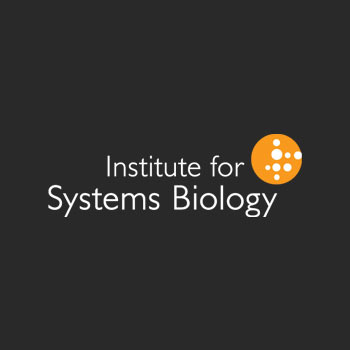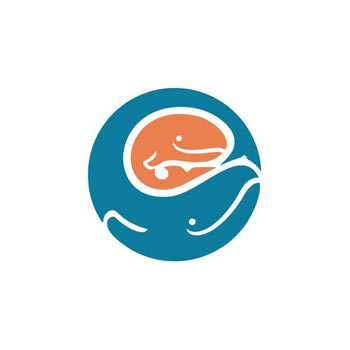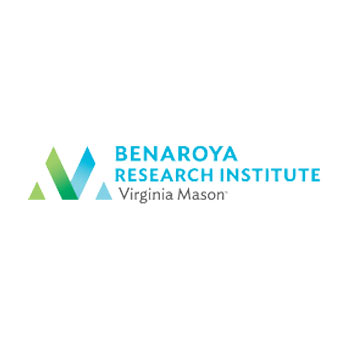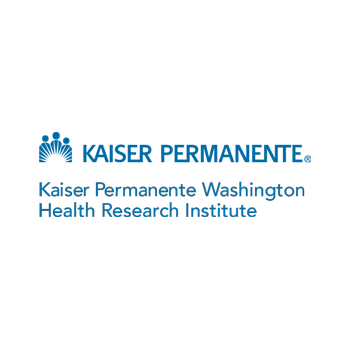Small Animal Tomographic Analysis Analysis Facility (SANTA)

The facility offers tomographic capabilities (in vivo microCT and optical projection tomography) to all members of the Seattle Children’s Hospital & Research Institute as well as the University of Washington on an affordable fee for service basis. External researchers may also apply for access to the facility. Although ideal for dense materials such as bone, teeth, biosynthetic scaffolds, and equipment components, silicone and metal based dyes and injectables also provide sufficient densitometric contrast to image internal spaces and soft tissues. A major advantage of our microCT scanner is also its capacity to image live specimens under anesthesia and with full physiological monitoring. 3001M OPT The Bioptonics optical projection tomography scanner is ideal for embryos and other soft tissues and can be used to detect individual cells and tissues with in a complex structure provide they can be optically distinguished from surrounding cells. Typical applications include gene and protein expression profiles, cellular composition, and morphology. For more details on the capabilities of this scanner and the types of data obtainable, please see the Bioptonics website: http://www.bioptonics.com











